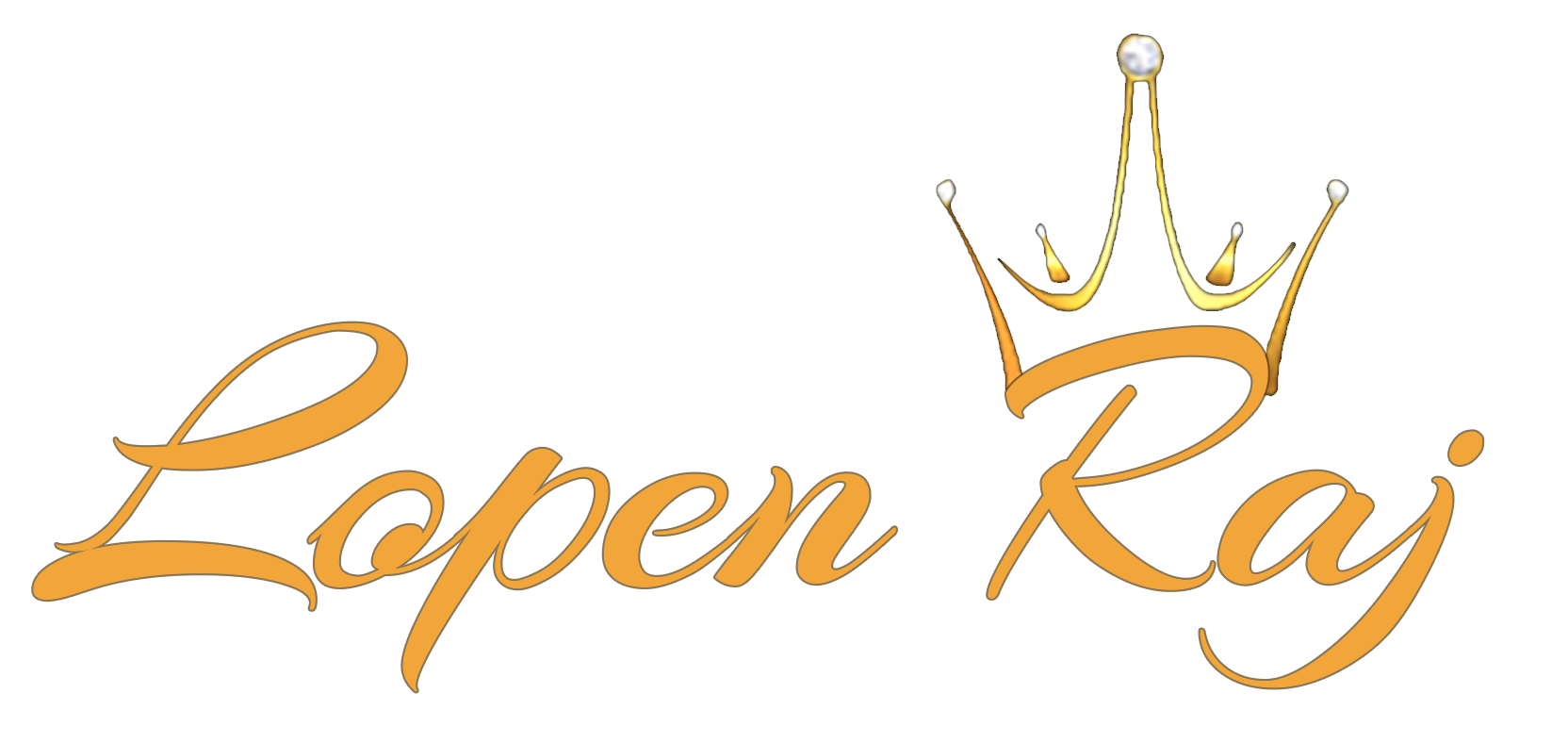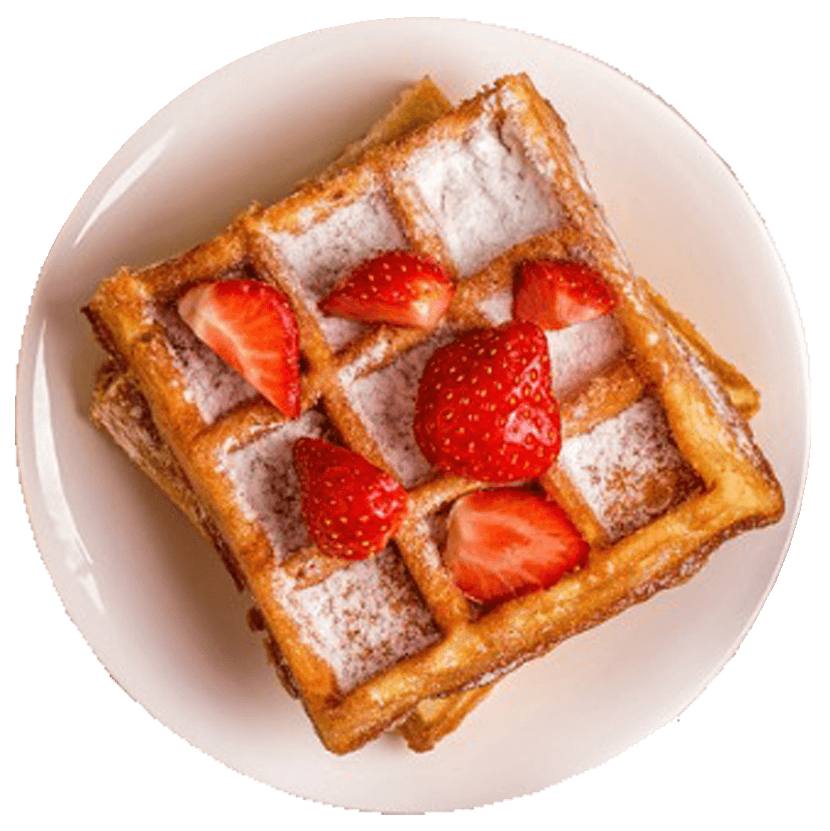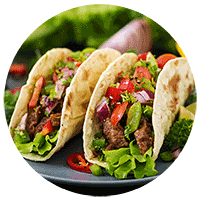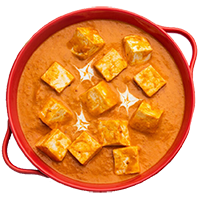Japan witnesses and celebrates a significantly higher number of festivals than other countries do. The list goes on from religion to harvesting to seasons. Meaning a festival is going on somewhere in Japan always.
That’s why, when it comes to festivals, the Japanese know how to celebrate. Though the celebrations vary from region to region, what they all have in common is that they are all incredibly exciting and entertaining, and everyone is welcome to join in the joy. And where there is a celebration, there is food. Here, too, the Japanese have a rich culture because they have a wide variety of food options for their celebrations. So, here is a list of the 4 most celebrated festivals in Japan, along with the traditional foods they eat during those festivals.
1. Shogatsu or New Year Celebrations

On December 31st, a large crowd gathers at the temples to ring out the old year on enormous bronze bells and to pray for good fortune and prosperity in the coming year. It’s arguably the most significant event in Japan, and women and young girls dress beautifully to celebrate by donning kimonos.
And on January 1st, people typically gather with relatives and eat foods like osechi ryouri, toshikoshi soba, kagami mochi, kuri kinton, etc., which represent the new year.
2. Kanda Matsuri in Tokyo

Kanda Matsuri, one of the most well-known celebrations in Tokyo, honors the shrine of Kanda Myojin and is held annually in the middle of May. Approximately a thousand people walk beside the Mikoshi, or mobile shrines, as they leave the Kanda Myojin in the morning and make their way through the Kanda neighborhood, Nihonbashi, and Akihabara before arriving back at the shrine by dusk.
3. Gion Matsuri in Kyoto

One of the most celebrated Japanese festivals, Gion Matsuri, lasts the entire month of July. It is the largest parade in Japan, which first took place in the 800s to appease the gods during the coronavirus-like outbreak. The highlight of the festival takes place on the 17th and 24th of July, when a large parade known as “Yamaboko Junko” travels along Kyoto’s Kawaramachi and Oike Streets.
Food and beer are the fuel for the Gion Matsuri. For the delight of hungry travelers, night stalls sell everything from yakitori to fish-shaped taiyaki cookies and okonomiyaki pancakes.
4. Awa Odori in Tokushima City

It’s the biggest traditional dance festival that takes place during Obon-Week (the week when it is thought that the spirits of the deceased visit the world, in August in Tokushima City.
Everyone dons summer cotton kimonos and straw hats and dances their way through the streets between the 12th and the 15th of the month. It’s a very beautiful event, with over a million people taking part, and everyone is welcome to attend. And this dance festival is also incomplete without traditional Japanese foods like yakisoba, yakitori, grilled fish, and so on.
Wrapping Up

Though our list ends here, the Japanese celebrate many more traditional, cultural, and religious festivals throughout the year. And whatever festival you go to, you can always find takoyaki (balls of pancake dough filled with octopus), watame (cotton candy), yakitori (brochettes of various types of grilled meat with special sauce), yakisoba (fried buckwheat with vegetables), taiyaki (desserts filled with cake cream), and okonomiyaki (pancakes with various ingredients).














